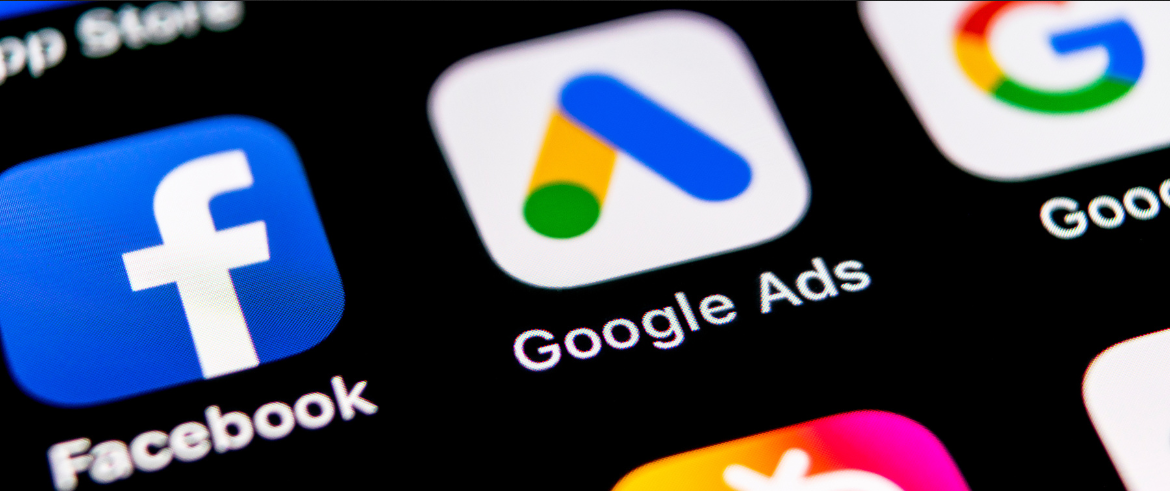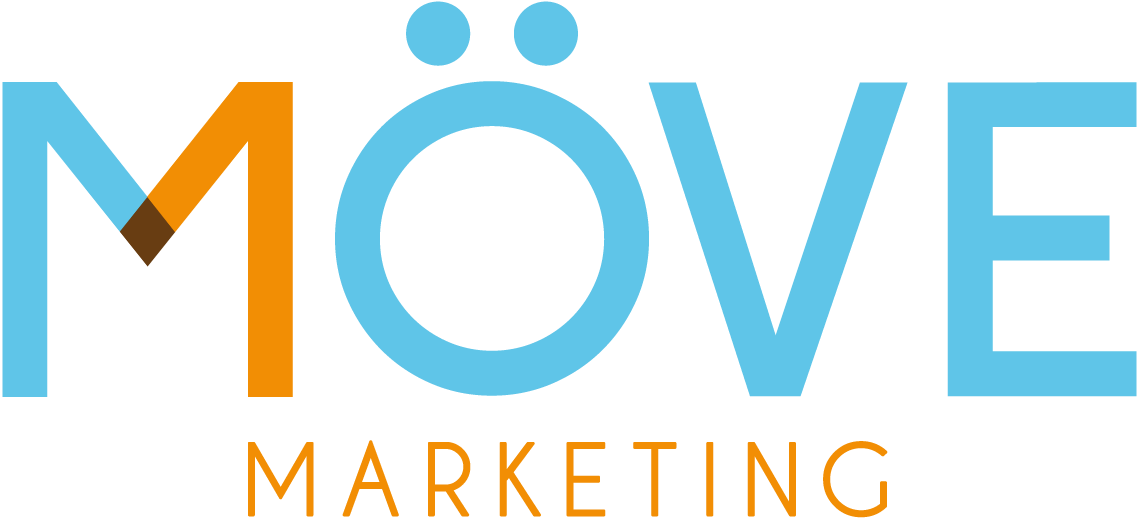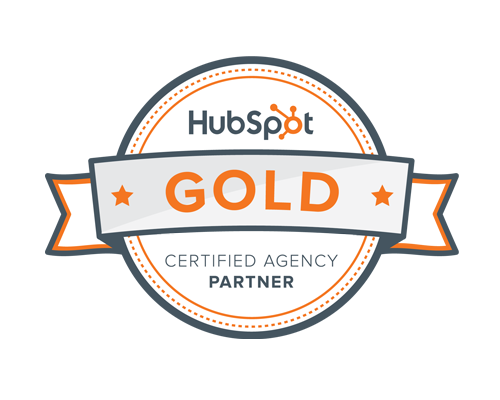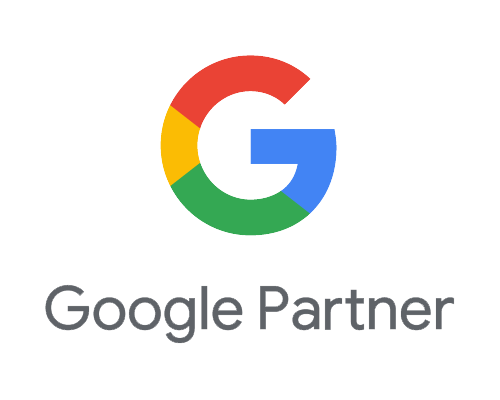
Google Ads and LinkedIn Ads: Which Pay-Per-Click Ad Solution is Best For B2B Marketing?
Google Ads and LinkedIn Ads: Which Pay-Per-Click Ad Solution is Best For B2B Marketing?
You’re no doubt aware of pay-per-click (PPC) advertising like Google Ads and LinkedIn Ads. After all, it’s impossible to enter a search query on Google without a few ads popping up above your results. Even days later, ads relevant to your search show up in the margins of websites or before your YouTube videos. Companies across all industries invest in PPC advertising, as it drives web traffic and targets prospects who are actively looking for solutions to their most critical pain points. Pay-per-click advertising has surged in popularity for a reason: PPC ads generate 2x as much web traffic as SEO alone. Not only do they boost web traffic, but they can increase brand awareness by up to 80%.
While there are plenty of platforms that offer PPC advertising, each with its own pros and cons, this article is going to be focusing on the two that matter most to B2B marketers: Google Ads (and the whole suite of Google products such as Search, Display, and Video) and LinkedIn Ads. What’s the difference between the two? And how do you know which is the best fit for your business? Don’t stress. We’re sharing the key differences, pros, and cons of each so that you can determine which is the best option for you.
The Main Differences Between Google Ads and LinkedIn Ads
With many available options for PPC advertising, it’s often difficult to know which will be the most lucrative for your business. The most important difference to note is that Google ads are great for web searchers who are actively looking for what you're offering. On the other hand, LinkedIn is great for social users who are passively taking in content and may be interested in something that catches their eye.
Below, we’re sharing all the key differences between Google Ads and LinkedIn Ads based on their respective audience size, targeting capabilities, and pricing. Take a look!
Audience Size
Google Ads are best for companies seeking to target a wide audience. After all, Google is nearly ubiquitous in daily life — just think of how many times you’ve heard the phrase, “I don’t know, let’s Google it.” Since Google owns 92% of the global search volume, your company definitely has buyers who regularly use Google to search for solutions to their pain points. The beauty of Google Ads lies in its ability to help B2B marketers expand their reach. Using Google Ads, you can select different keywords relevant to your product or service offering, so that your ad appears to anyone searching for that keyword. For example, if your business offers a sales enablement platform, you’d want to bid on the keyword “sales enablement.” However, in order to rank higher, you have to bid on multiple keywords — and the highest ranking space goes to the highest bidder, increasing competition.
On the other hand, LinkedIn Ads target a more limited audience. Rather than appearing to everyone in search results, your LinkedIn ad will either appear in the news feed as potential buyers scroll through updates, or as a direct message to potential clients. As you create your ad, you can specify the type of buyer you want viewing the content, which allows you to target the precise buyers that will benefit from your product/service — taking LinkedIn’s already small audience and cherry-picking those best-fit for your business.
For example, say a sales consulting firm is looking to grow its business through PPC ads. A Google Ad will place their business at the top of the search results whenever someone searches for a related keyword. Now, say that firm is located in Boston, marketers can then choose keyphrases like “Boston sales consulting firms” to specifically target local leads. Meanwhile, LinkedIn Ads will strategically place the ad into best-suited leads’ feeds and inboxes whether they’re actively searching for a solution to their problem or not. This brings us to each platform’s audience segmentation capabilities. Let’s dive in.
Targeting Capabilities
As the world’s largest search engine, Google can quickly reach a wide audience of potential customers. This is great, but it makes it a bit challenging to narrow down which leads are of the highest quality. (Luckily, lead nurturing solves this problem 
Although LinkedIn Ads target a smaller audience, your ad is constantly seen by best-fit leads for as long as it runs. Think of LinkedIn Ads as using a smaller net to catch bigger fish. Your ad is specifically targeted to the buyers you’re looking for — you can choose highly specific industries, job roles, and more with over 20 different categories that can tailor your ad’s target audience. When 4 out of 5 LinkedIn members drive business decisions, the odds that your ad appears in front of someone who is able to make purchasing decisions are extremely high. The same sales consultancy in Boston could adjust their LinkedIn Ad to appear to sales ops managers who work within the firm’s industry of expertise. The ad is then sent to LinkedIn members in Boston who suit the firm’s specifications.
Pricing
The pricing of Google Ads and LinkedIn Ads can be a huge determinant as to where you put your money. Depending on the keyword you’re looking to rank for, one may be more cost-effective than another. Google Ads can vary in pricing based on the competition for your desired keywords. But ultimately, you can set the budget to suit your goals best. An IT automation organization may find that the key phrase “IT automation platform” is highly competitive — meaning they would need to put up more money in order for the ad to rank higher than the competition.
LinkedIn Ads, on the other hand, are priced based on your end-goal objective for the campaign. If the same IT automation company wants to boost website traffic to get leads interested, they pay LinkedIn’s flat rate for boosting website visits. Often, LinkedIn Ads are a touch more expensive than Google Ads, but this can vary depending on your desired keywords and end-goal objectives for your ad campaign.
Google Ads Pros and Cons
Although they are the standard for PPC advertising, Google Ads come with their own unique set of pros and cons for B2B marketers. Google definitely has the upper hand when it comes to pricing and audience reach, but it does require a team of experts to orchestrate properly. Understanding the pros and cons of Google Ads is essential to determine if it’s a good fit for your business.
Pros:
- Google spans all search results, increasing your lead generation capabilities.
- Your ads will reach a wider audience and greatly increase brand awareness.
- It’s cheaper! Per click, Google Ads (usually) cost less than LinkedIn Ads.
- Those who see your ad are actively searching for a similar solution.
- Google offers excellent documentation and support.
- Google Ads allow multiple ad types! This way, you can choose which form best suits your branding and audience.
Cons:
- Google Ads are extremely complex and require an expert team.
- These ads have fewer segmentation opportunities to target your audience.
- Google search engine is a highly competitive market.
- The ads have design and content limitations (such as characters, descriptions, sizes, etc.) that can make advertising tricky.
- Google doesn’t differentiate between business and consumer traffic. So, if you’re looking to sell cybersecurity software, your ads will show to leaders looking for business-wide solutions… and users who just need personal computer protection.
LinkedIn Ads Pros and Cons:
Just like Google Ads, LinkedIn Ads come with their own set of pros and cons. LinkedIn has the advantage over Google when it comes to targeting, but that might not be the best option for your organization. Get familiar with the pros and cons to determine if LinkedIn Ads are the right solution.
Pros:
- LinkedIn offers over 20 categories to tailor your ad to the precise audience you want to reach.
- The ads are easy to get started and implement — there’s no need for a team of experts to get your ads up and running (although additional expertise certainly wouldn’t hurt!).
- You can directly target high-value prospects with account-based marketing opportunities.
- The social post format of LinkedIn Ads blends in seamlessly with your audience’s feed, looking less like an ad and more like the posts around them. This makes your audience more likely to engage.
Cons:
- While the narrow and specific audience is a pro, it can also be a con — your ad may not necessarily continue reaching new prospects daily as a Google ad would.
- Unlike Google, LinkedIn Ads reach an audience that’s not actively seeking information about your solution.
- LinkedIn is the more expensive option. You deal with a higher cost per click, impressions, and sends, so your budget may not go as far. And the more specific your targeting is, the higher the cost.
- LinkedIn Ads lack the robust reporting and analytics tools that Google has. While this means you don’t need an expert to run your ads, it does mean you don’t garner as much performance feedback.
- Although LinkedIn Ads are easy to create, they don’t stand out unless you’ve got a custom-designed graphic that can improve performance. Users on LinkedIn aren’t actively seeking out your solution — so you need something eye-catching to grab their attention.
Is One Better Than the Other for B2B Organizations?
In short: no. There is no definitive winner between Google Ads and LinkedIn Ads that you should definitely invest in over the other. The answer to this question really depends on your company’s goals and objectives with PPC advertising. If you’re looking for rapid lead generation and a wider audience, you’ll likely have more success with Google Ads. If you’re looking for a smaller number of high-value, best-fit leads, you’ll likely have more success with LinkedIn Ads.
If you want our expert advice, though, we think you should use both. Splitting your PPC advertising budget between the two brings you the best of both worlds: you get increased brand awareness and a wide range of leads from Google, and exposure to high-value, best-fit leads from LinkedIn. Leveraging both allows you to maximize your reach, getting the most out of your advertising budget. In order for splitting funds to work, though, it’s crucial to have an adequate budget for each to achieve good results.
Final Thoughts
Pay-per-click ads are one of the best ways to drive website traffic, increase brand awareness, and pull in new prospects. For B2B marketers, leveraging Google Ads and LinkedIn Ads together allows you to reach the interested prospects and big-name leads you want, turbocharging your lead generation.
Start reaching your target audience with Google Ads and LinkedIn Ads that generate the leads you need. Get in touch with us and kick off your PPC ad campaign.




